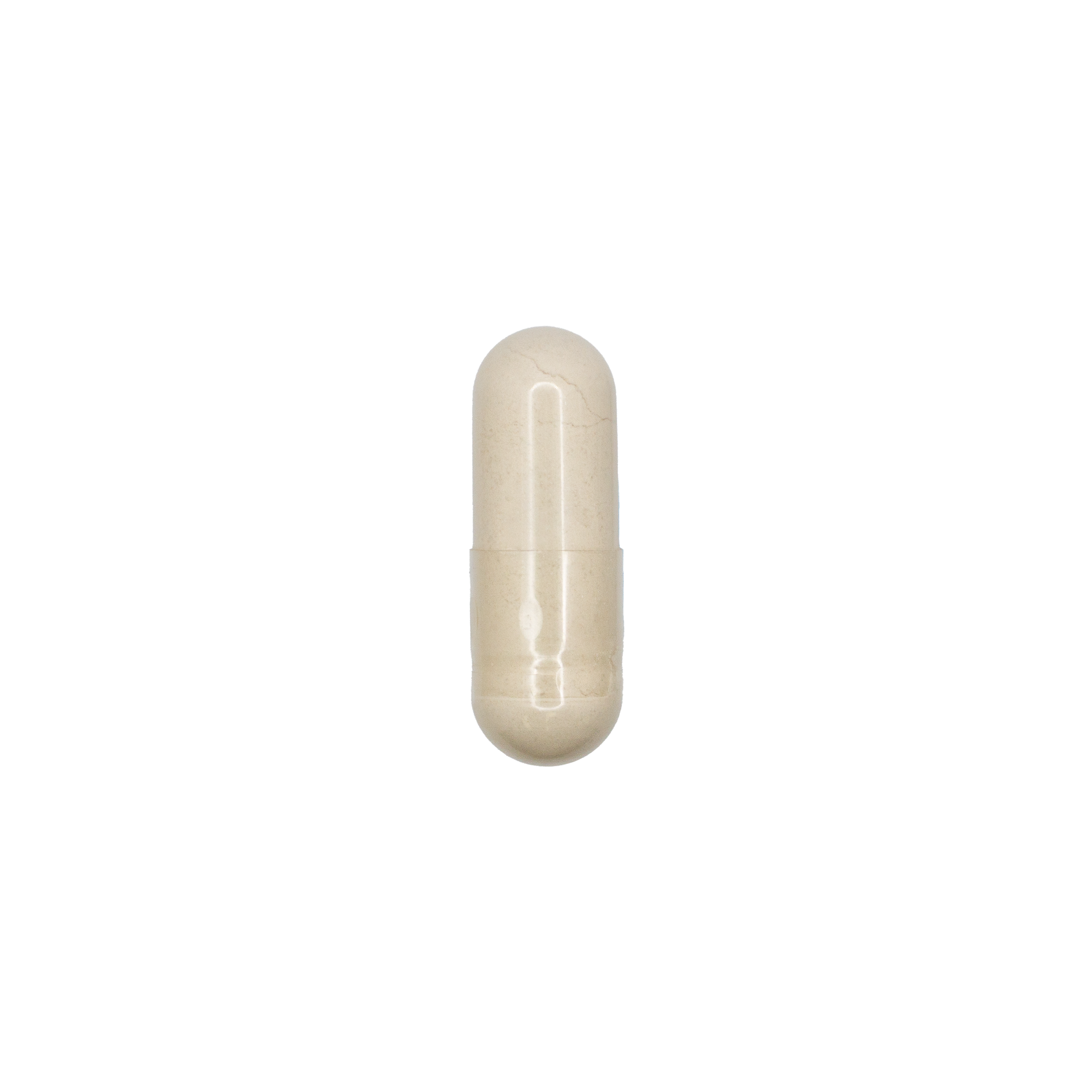


FAQs
What is 5-HTP and how does it relate to serotonin?
5-HTP (5-hydroxytryptophan) is a naturally occurring amino acid that serves as the direct precursor to serotonin in the body. Serotonin, also known as 5-HT, is a crucial neurotransmitter and hormone involved in regulating a wide range of bodily functions, including mood, sleep, appetite, cognition, and pain perception. While the majority of the body's serotonin is produced in the gastrointestinal tract, the brain must synthesize its own supply because serotonin itself cannot cross the blood-brain barrier (BBB). 5-HTP is unique because it can readily cross the BBB. Once inside the brain, 5-HTP is efficiently converted into serotonin, thereby directly increasing serotonin levels in the central nervous system. This direct mechanism distinguishes it from many pharmaceutical antidepressants, which typically work by prolonging serotonin's action rather than increasing its overall production.
Where does commercial 5-HTP come from, and why is its source important?
While 5-HTP is naturally produced in the human body, it is not found in significant amounts in typical diets. The primary commercial source for 5-HTP supplements is the seed of Griffonia simplicifolia, a woody climbing shrub native to West and Central Africa. The seeds of this plant are exceptionally rich in 5-HTP, containing up to 20% by dry weight. For centuries, various parts of the Griffonia plant have been used in traditional African medicine. Today, modern extraction techniques isolate and concentrate 5-HTP from these seeds for use as a dietary supplement. The natural origin of 5-HTP underscores its pharmacological potency and highlights the critical importance of quality, purity, and regulatory oversight in its manufacturing due to potential risks like contamination.
How does 5-HTP work to increase serotonin levels, and what is the "5-HTP Advantage"
The biosynthesis of serotonin from dietary L-tryptophan is a two-step process. First, L-tryptophan is converted to 5-HTP by the enzyme tryptophan hydroxylase (TPH), which is the rate-limiting (slowest) step in the pathway, acting as a natural bottleneck to control serotonin production. Second, 5-HTP is rapidly converted into serotonin by the enzyme aromatic L-amino acid decarboxylase (AADC).The "5-HTP Advantage" refers to its ability to strategically bypass this rate-limiting TPH step. By directly supplementing with 5-HTP, the body is provided with the substrate for the second, faster step, thereby circumventing the natural regulatory mechanism. This makes 5-HTP a more direct and potent method for increasing serotonin levels compared to supplementing with L-tryptophan, which is subject to the TPH bottleneck and can be diverted into other metabolic pathways. Additionally, 5-HTP's ability to easily cross the blood-brain barrier is a key pharmacokinetic feature, ensuring that the increased serotonin production occurs directly in the central nervous system.
What are the key essential cofactors needed for 5-HTP to convert into serotonin?
The efficient conversion of 5-HTP to serotonin relies on the presence of essential nutrient cofactors. The most critical cofactor for the AADC enzyme, which catalyzes the final conversion of 5-HTP to serotonin, is Vitamin B6 (in its active form, pyridoxal-5-phosphate or P5P). A deficiency in Vitamin B6 can impair this conversion, potentially reducing the effectiveness of 5-HTP supplementation. This is why some 5-HTP supplements are co-formulated with Vitamin B6 to ensure efficient enzymatic activity. While 5-HTP supplementation bypasses the initial rate-limiting step involving tryptophan hydroxylase, it's worth noting that this initial step also requires the cofactor Tetrahydrobiopterin (BH4).
What is the potential risk of neurotransmitter imbalance with 5-HTP use?
A significant and clinically important aspect of 5-HTP's mechanism of action is its potential to disrupt the delicate balance of the broader neurotransmitter system, specifically catecholamines like dopamine, norepinephrine, and epinephrine. The AADC enzyme, which converts 5-HTP to serotonin, is the same enzyme that converts L-DOPA into dopamine. When high supplemental doses of 5-HTP are introduced, they can saturate the AADC enzyme. This competitive inhibition means that the enzyme becomes overwhelmingly occupied with converting 5-HTP to serotonin, leaving less available to convert L-DOPA to dopamine. This can lead to a relative depletion of dopamine and its downstream products. This potential imbalance may explain why some individuals report that the effects of 5-HTP diminish over time or why it might lead to symptoms associated with low dopamine, such as apathy or reduced motivation.
Learn More
Guarantees
-
Practitioner Guided
We guarantee that every supplement pack you receive is an exact reflection of the personalized protocol designed by your trusted healthcare provider
-
Professional-Grade
We guarantee that every supplement in your daily pack is sourced from top-tier, professional-grade manufacturers
-
Convenience
We guarantee to simplify your daily health routine
-
Precision & Consistency
We guarantee the accuracy of every pack and the reliability of our service
*These statements have not been evaluated by the Food and Drug Administration. These products are not intended to diagnose, treat, cure, or prevent any disease.
†Claims based on traditional homeopathic practice, not accepted medical evidence. Not FDA evaluated.




